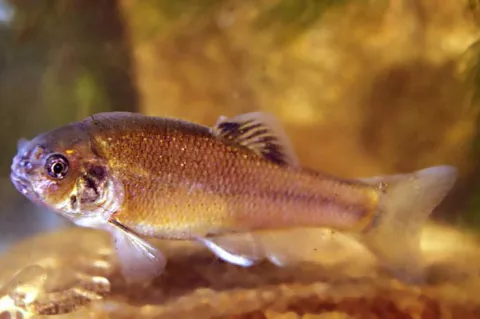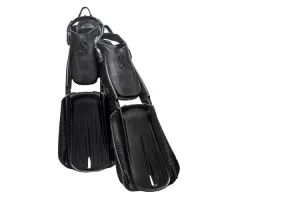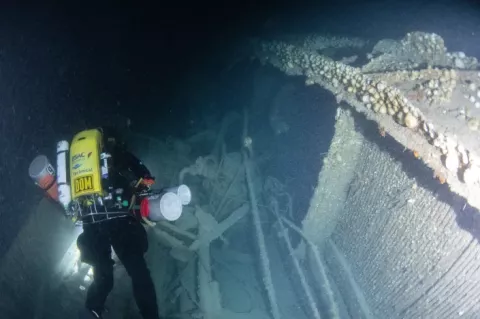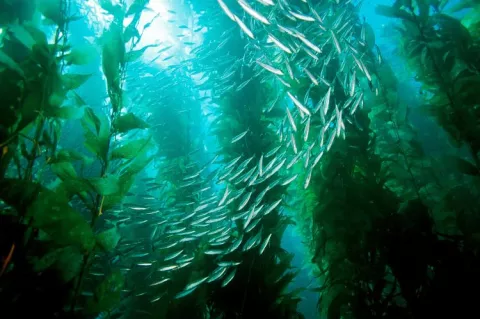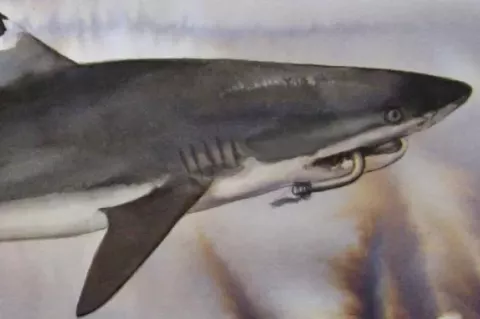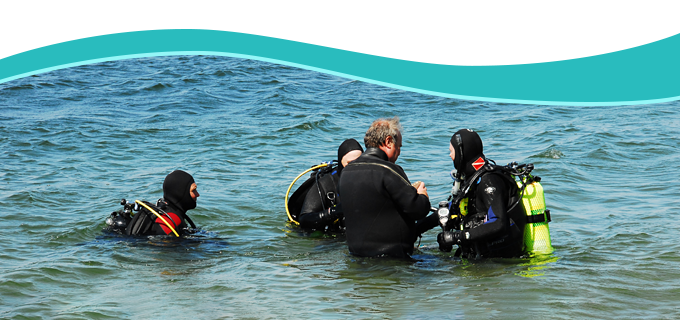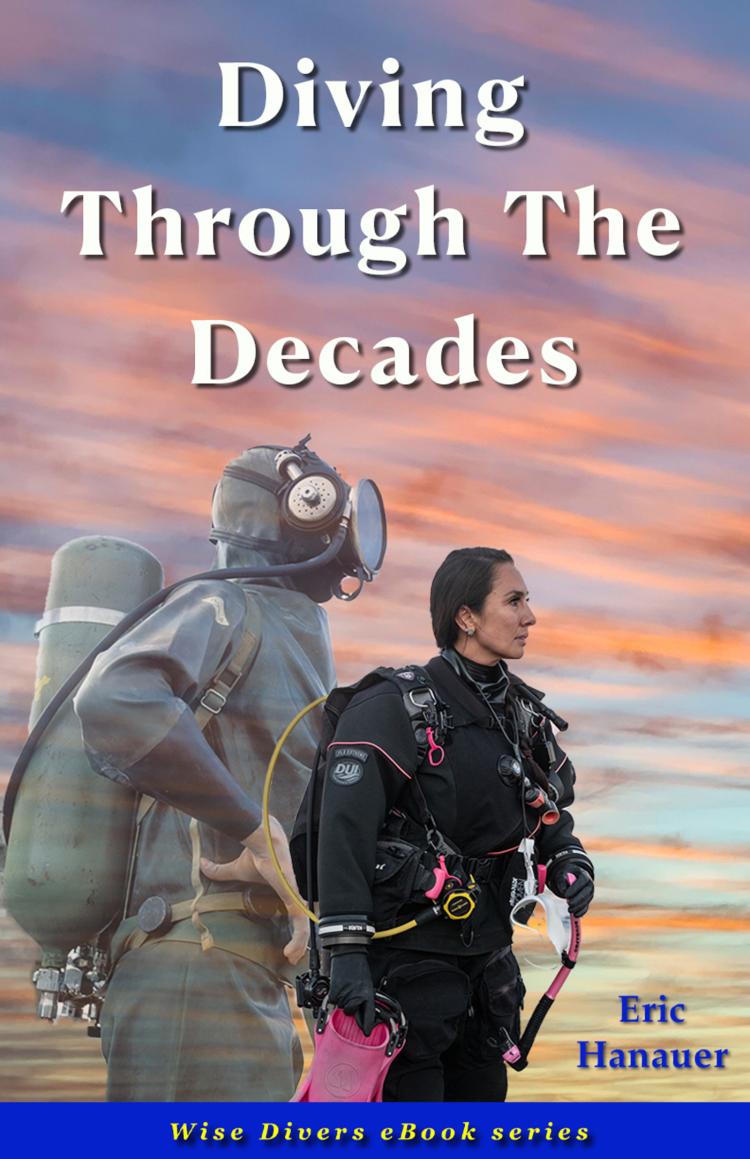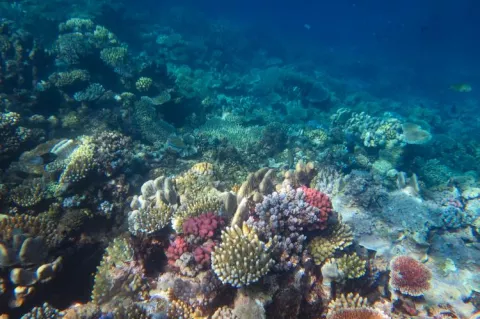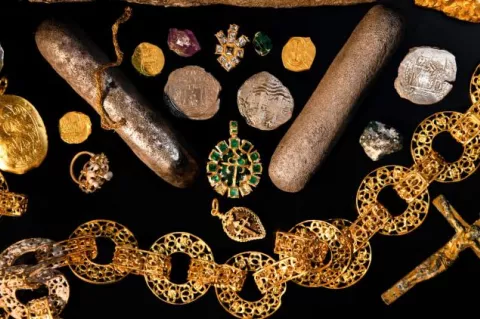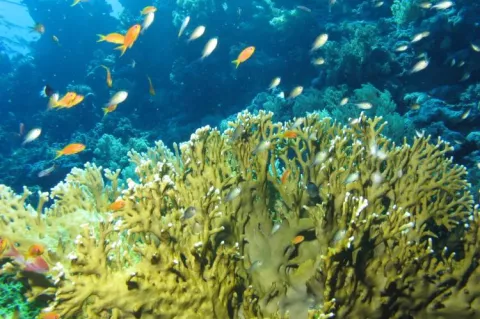Minnows can manage drastic temperature increases, study shows
Like other fish, minnows can adjust their body temperatures to match that of their surroundings.
Research into the effects of climate change on fish generally focus on their heat tolerance at an increase of two or three degrees Celsius above the current average temperatures.
However, a recent University of Illinois study wanted to find out how fathead minnows handled short-term temperature spikes—those amounting to as much as 5 to 10 degrees Celsius above average.

